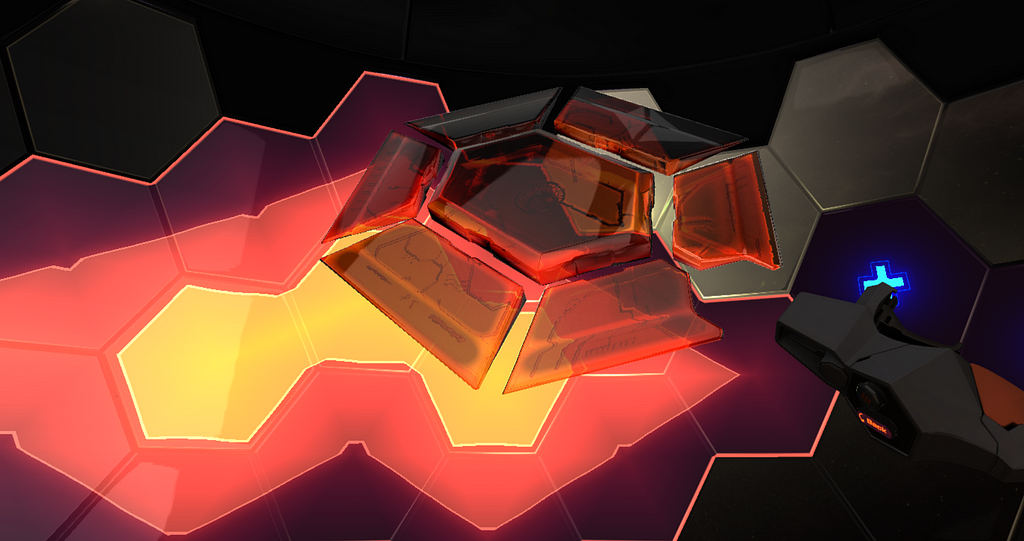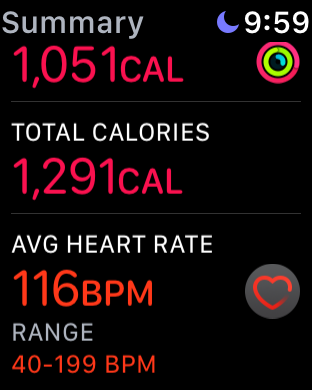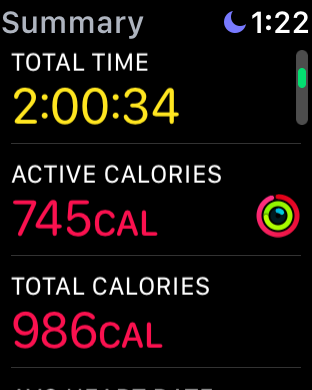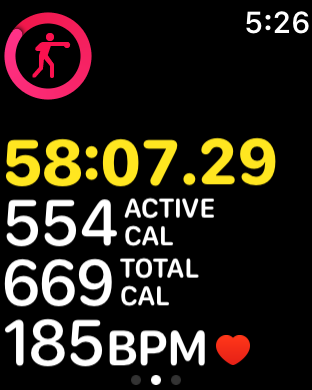Latest news about Bitcoin and all cryptocurrencies. Your daily crypto news habit.
 The quintessential VR racquet-ball simulator, Racket: Nx
The quintessential VR racquet-ball simulator, Racket: Nx
Ah yes, virtual reality.
Bring it up during any regular water-cooler chat, and you may receive a wide variety of responses from your peers.
Now, let’s assume that virtual reality interests you, otherwise you’d be somewhere that isn’t here.
And if you’re on the fence about jumping into the VR pool, you might be having a few recurring thoughts: what makes interacting with each other’s digital avatars in virtual reality cooler than interacting with each other’s digital avatars the old way? And which virtual reality platform is the best? And what software should I buy? And what kind of experiences can I expect? Are there really no “real” games? And do I need a large playspace, or will my cupboard suffice?!
Stop and breathe deeply for a moment. One, two, three, four. Exhale.
Better now? Lovely!
Fortunately for both of us, this article answers none of those dubiously worded questions.
Instead, allow me to articulate upon a prime benefit of VR that is super awesome and totally unlikely to cross the mind of anybody who has yet to submit to our c̶u̶l̶t̶ glorious way of living.
VR slams your favorite HIIT class, any day of the week.
I will sing this point to the high heavens every single chance that I get.
 A 2 hour back-to-back session of Eleven: Table Tennis, Sparc, and Thrill of the Fight in ascending order
A 2 hour back-to-back session of Eleven: Table Tennis, Sparc, and Thrill of the Fight in ascending order
“But Gabriel, with a gym membership I can go weight training while I awkwardly solicit the friendship of other gym-dwellers, and then I can sneak a dip into the hot tub before showering without anybody calling me out!”
Yes, you absolutely can. And I’d never knock anybody for keeping that lifestyle alive. But why would I pay $10 to $20 or more for a single interval-training session when doing virtually anything in VR is 100% aerobics, 100% of the time?
Seriously though. Even with the recent attention that VR has received from the media, it doesn’t immediately click with most people (who haven’t played with the platform) that gaming in VR is quite literally the opposite of gaming on a flatscreen.
VR has you walking around your room, bending over to pick virtual objects up off your floor, using repetitive arm motions to interact with the environment, bending your hips to throw harder punches, ducking to dodge bullets, dipping or crawling on your floor to crouch.
In simple VR apps where physically intense movement isn’t even prioritized, you are STILL burning calories. Just for wandering around your playspace.
 The result of 2 hours spent playing zero-gravity frisbee in Echo Arena
The result of 2 hours spent playing zero-gravity frisbee in Echo Arena
The difference is this: using VR equates to hours spent standing up and using your body to navigate a living environment, vs. hours spent sitting down and playing around with your “joystick”.
Not to mention that it is significantly easier to binge on fatty junk food while cozying up with your auto-massaging swivel chair and your custom Transformers blanket set.
Notably, it is also much harder to cozy up with anything when you’re lost in what could totally pass for Wes Craven’s vacation home, a place where you would naturally need both hands free of Cheeto dust.
Yknow, in-case you get spooked or something.
But that isn’t even the point that I’m trying to make!
Take a long, hard look at apps such as Thrill of the Fight, or Holopoint, or Audioshield, or Sparc, and tell me that, given the primitive nature of commercial-grade VR in today’s market, we don’t already have a means of disrupting the standard gym model.
These are all “games” that have you, the player, twisting and shredding your arms and core in order to score points or compete against other players. Sparc could be an actual sport if its lobbies were coded to contain more than 3 other humans at one time. Thrill of the Fight is boxing, but you don’t ever lose teeth or sustain irreversible brain damage (unless you’re younger than age 13).
 On average, I burn between 650 to 725 calories within roughly an hour spent playing Thrill of the Fight
On average, I burn between 650 to 725 calories within roughly an hour spent playing Thrill of the Fight
I get it- not all gym experiences are born equally. Some charge more, some charge less. Some charge more for crappy services and some charge less for the best goddang fitness training you’ll find in your life.
In my opinion, the best gym is the one that fits into your lifestyle. Period. So why would I choose VR over a membership? Simply put: I’m choosing to boost the marginal utility of my PC.
I keep my GPU up-to-date because I’m already a PC gamer. And by “gamer,” I mean geek. Which means that I’m speaking with the authority of a geek, to my fellow beloved geeks. I understand you!
With the additional price of $350-$600 for a good HMD, plus the one-time cost of whichever app or game that you’d like to exercise with, you’re set for a full-body workout routine that you’re free to complete from the comfort of your bedroom, for as long as you want, whenever you want.
If you add in a set of adjustable Bowflex dumbbells ($250-ish on sale) and then you also take advantage of your running shoes and actually go running with them, you’ll be covered for multiple years. Unless, of course, your fitness goals call for a bench set. Or your PC blows up. In which case, you’re on your own.
But what about athletes?
In its current form, VR is taking the time that lazy people, like me, would normally spend being sedentary, and it’s offering a wonderful incentive to be… well, not sedentary. More than that, it’s offering a legitimate method of building fitness in exchange for hours spent gaming.
Granted, I think that there is a ton of potential here for the technology to be picked up by pro-athletes, and we may eventually see v-sports become a part of the sports entertainment industry. Without more than a pair of optical lenses and two “hands,” we can currently simulate table tennis perfectly.
We may not currently see proliferation of peripherals such as VR treadmills or haptic suits that simulate resistance, but the technology is out there. Before things really heat up for VR, however, there needs to be a greater adoption of the existing tech and a hefty boost in market volume, so that prices on HMDs can feasibly go down and VR-friendly base systems can become more available/accessible/affordable.
Who knows, maybe televised v-sports will become a multi-billion dollar industry by 2030. Maybe not. Either way, once VR hits a smartphone-like boom, expect to see the platform develop its athletic capabilities by leaps and bounds.
Why VR Will Blend Gaming & Athletics (Eventually) was originally published in Hacker Noon on Medium, where people are continuing the conversation by highlighting and responding to this story.
Disclaimer
The views and opinions expressed in this article are solely those of the authors and do not reflect the views of Bitcoin Insider. Every investment and trading move involves risk - this is especially true for cryptocurrencies given their volatility. We strongly advise our readers to conduct their own research when making a decision.
